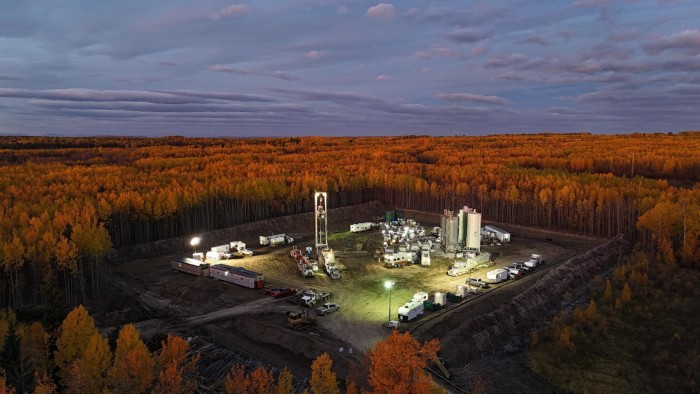Resilience in the North: How Canada’s Oil Industry Flourishes Amidst Trade Turbulence
Despite volatile global markets, trade disputes, and environmental pressures, Canada’s oil industry has not only survived but thrived. Over the past decade, the sector has adapted through technological innovation, strategic partnerships, and diversification, ensuring its position as a key player in the global energy landscape. Experts credit this resilience to proactive investments in efficiency, infrastructure, and sustainable practices—even as geopolitical tensions and policy shifts create headwinds.
Strategic Diversification and Market Adaptations
Canada’s oil sector, primarily concentrated in Alberta’s oil sands, has long relied on the U.S. as its largest export market. However, recent trade disputes and pipeline bottlenecks forced the industry to explore alternatives. “We’ve seen a concerted push to diversify both markets and products,” says Dr. Emily Carter, an energy economist at the University of Calgary. “LNG exports, petrochemical development, and even hydrogen initiatives are now part of the long-term strategy.”
Key developments include:
- Asia-Pacific partnerships: Increased oil shipments to China and India, with 2023 exports rising 12% year-over-year.
- Value-added refining: Investments in upgraders to process bitumen into higher-margin products like diesel and jet fuel.
- Pipeline expansions: The completion of the Trans Mountain Expansion Project, set to nearly triple capacity to 890,000 barrels per day by 2024.
Technological Innovation Driving Efficiency
Facing criticism over carbon emissions, the industry has doubled down on innovation. Carbon capture, utilization, and storage (CCUS) projects, such as the Alberta Carbon Trunk Line, now sequester over 1.6 million tons of CO₂ annually. Meanwhile, AI-driven extraction techniques have reduced per-barrel production costs by 22% since 2018, according to the Canadian Association of Petroleum Producers (CAPP).
“The narrative that oil sands are inherently dirty is outdated,” argues Mark Richardson, a senior analyst at Energy Intelligence. “Companies like Suncor and Cenovus are proving that sustainability and profitability can coexist.”
Policy Challenges and Environmental Pressures
Not all observers are optimistic. Environmental groups contend that Canada’s oil growth contradicts its climate commitments. “Every dollar invested in fossil fuels delays the transition to renewables,” warns Climate Action Network’s Julia Sinclair. The federal carbon tax, set to rise to $170 per ton by 2030, adds further pressure.
Yet, the industry counters that it funds green initiatives. For instance, the Oil Sands Innovation Alliance (COSIA) has allocated $1.4 billion toward emission-reducing technologies since 2012. “We’re part of the solution,” asserts CAPP CEO Lisa Baiton. “Our sector employs over 500,000 Canadians and contributes $120 billion annually to GDP—transitioning responsibly is non-negotiable.”
The Road Ahead: Balancing Growth and Sustainability
Looking forward, analysts predict consolidation and continued innovation. Smaller players may merge to survive, while majors leverage automation and renewables integration. The International Energy Agency (IEA) projects Canadian oil output will grow 8% by 2030, albeit slower than previous forecasts.
For policymakers, the challenge lies in fostering energy security while meeting climate targets. “Canada’s oil industry is a case study in adaptation,” says Carter. “The question isn’t whether it will evolve—it’s how quickly, and who benefits.”
For more insights on Canada’s energy strategy, subscribe to our industry newsletter or attend the upcoming North American Energy Forum.
See more Business Focus Insider Team

